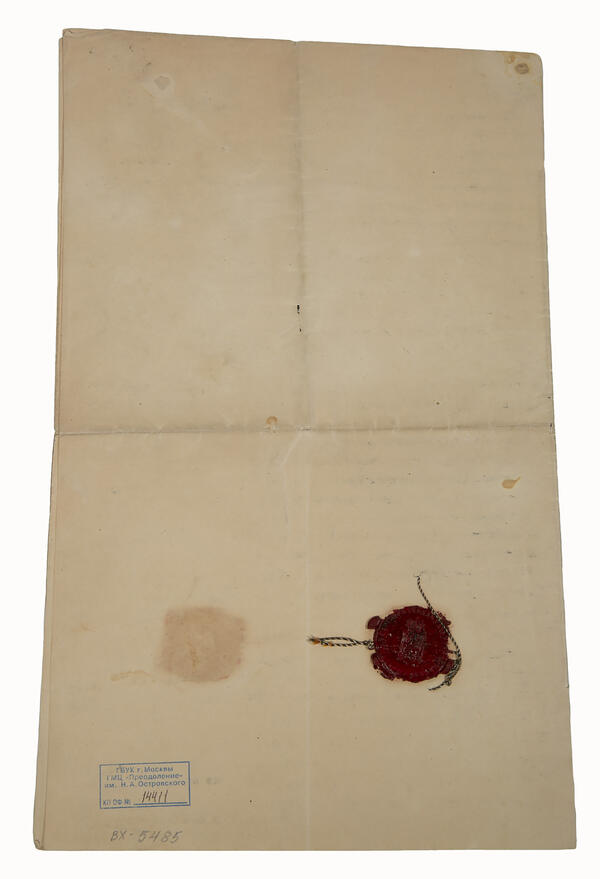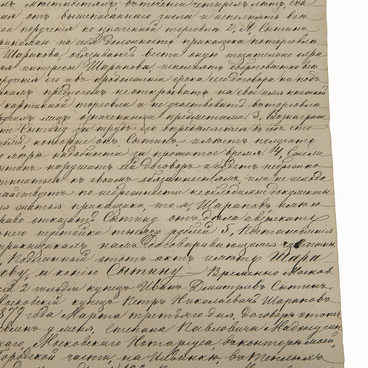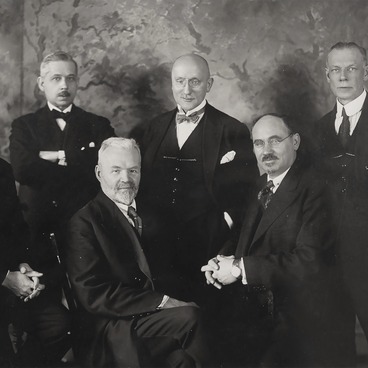In January 1883, Ivan Dmitrievich Sytin opened his first bookstore on Staraya Square near the Ilyinsky Gate. In February of the same year, Sytin signed an agreement with three partners — Danila Voropaev, V.L. Nechaev and his wife’s brother I.I. Sokolov. The agreement established a special form of limited partnership Ivan Sytin & Co with a fixed capital of 75,000 rubles. It was one of the first Russian joint-stock publishing houses.
Sytin gained sufficient fame as a publisher of lubok images and books, distributing his goods through dealers called “ofeni” — book peddlers — throughout the country. Trade was going well, and over time, the shops of Sytin’s publishing house appeared in many cities of the Russian Empire. In 1884, Ivan Sytin opened a second bookstore on Nikolskaya Street.
In 1885, Sytin acquired his own printing house and expanded the lithography on Pyatnitskaya Street. In 1889, a publishing partnership was established under the firm of Ivan Sytin with some changes: instead of V.L. Nechaev, Mikhail Ulybin joined the founders. By that time, the company’s turnover had already reached 500,000 rubles. A petition for approval of the Partnership was sent to the Ministry of Finance, and only a year later — on January 1, 1893 — the Highest Permission was issued for the establishment of the “Printing, Publishing and Book Trade Partnership of I.D. Sytin” with an authorized capital of 350,000 rubles. The Directors of the Management Board were Ivan Sytin (he owned 43% of the shares), Danila Ivanovich Voropaev and Mikhail Alekseyevich Ulybin.
By 1914, Sytin’s products
accounted for a quarter of all Russian book publications. They were distributed
through a network of the company’s own bookstores: four in Moscow and two in
each of the following cities: Petrograd, Kyiv, Odessa, Kharkiv, Kholuy
(Vladimir Governorate), Yekaterinburg, Voronezh, Rostov-on-Don, Irkutsk,
Saratov, Samara, Nizhny Novgorod, Warsaw and Sofia. Every store in addition to
retail was engaged in wholesale operations. Sytin came up with the idea to
deliver books and magazines directly to factories and enterprises. Orders for
the delivery of publications based on the catalogs issued by the company were
carried out within two to ten days, as the system of sending literature by cash
on delivery was used very successfully.



